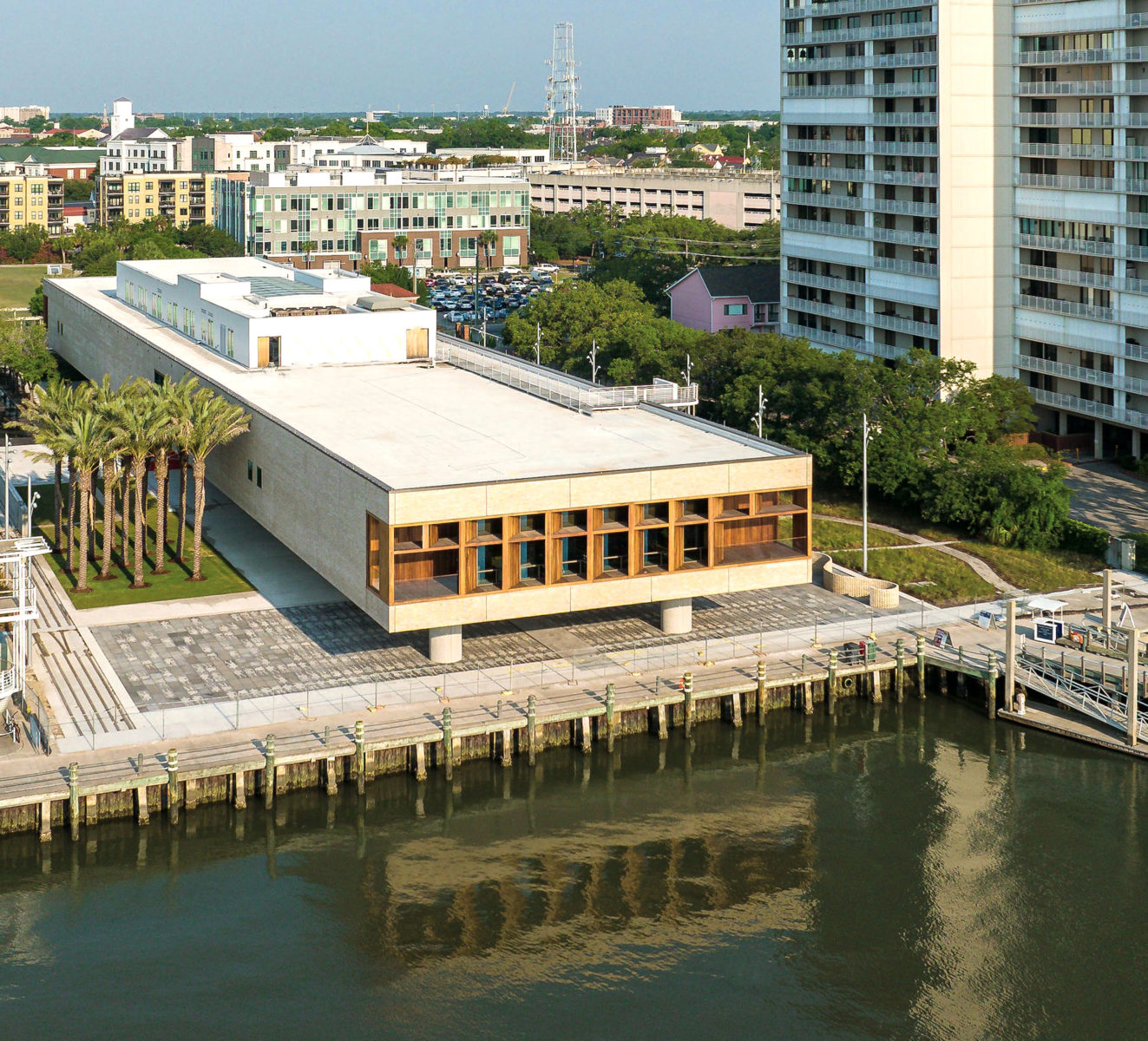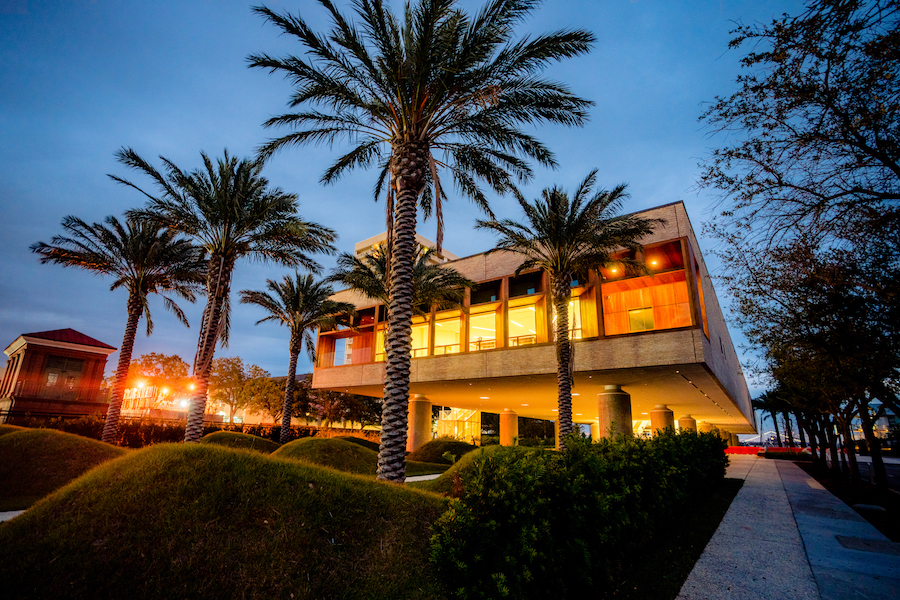Charleston Regional Business Journal: Industrial space proliferating in local real estate market
By Andy Owens
aowens@scbiznews.com
Developers and construction companies across the Charleston region are using a technique to quickly stand up large-scale, Class A industrial space and quickly expand it.
Construction workers pour concrete into forms to create walls on the ground and then tilt up the structure, allowing initial construction to be completed in a matter of days.
But the real story is the amount of industrial space coming online and under construction across the Lowcountry. Commercial real estate brokers have well over 5.2 million square feet for lease and sale across the area, mostly between North Charleston and Columbia.
Developers said that the state’s push for economic development is driving the industrial market. Local and out-of-market developers are fueling the industrial space boom, and the dynamic has changed with the Port of Savannah, which has a lot of big-box space that’s showing its age and which doesn’t have the high-end manufacturing operations that South Carolina has attracted in recent years.
“We’ve done a few projects in Savannah,” said Frampton Construction Co. Vice President Keaton J. Green. “It’s very simple, but Savannah is in Georgia. The incentives and our economic development team in South Carolina working to bring these manufacturers here have done a good job.”
Green said high-end manufacturing operations such as Volvo, Boeing and Mercedes-Benz Vans spark an influx of other smaller manufacturers supplying those operations, and they need space to warehouse their materials and finished products so that they can get them to their customers quickly.
“The biggest thing has to do with manufacturing in the area,” Green said. “A lot of the vendors such as Volvo, Daimler — you have all these companies that South Carolina has gone and recruited to come here. It just creates a perfect storm of construction in the area.”
Even though there’s a lot of space, not a lot of developers are involved in the market. Class A industrial space is still a niche product for a developer to invest in, for a construction company to build, for a real estate professional to market effectively and for a customer to buy.
So why is so much of it coming online in the Charleston market right now? It seems like it happened overnight, but it has been building for quite a while as demand has grown for industrial space.
Jeff Baxter, a co-founder of Cityvolve LLC — which is a commercial project manager — said the Charleston market didn’t have Class A industrial space 20 years ago, and the products that have emerged since that time don’t meet the technology or distribution needs of companies looking for security, efficiency and speed.
“The deficiencies you see on older properties, they’re metal buildings a lot of times,” Baxter said. “Another big problem is they’re in smaller sites, so they don’t have proper truck accessibility. So you’ll see these properties, they have a decent warehouse but they have a truck backing in from a public road.”
CityVolve is representing the Eastport Commerce Center, a 64,000-square-foot Class A industrial site on U.S. Highway 78 in Summerville that’s owned by Charleston-based May River Industries. The property uses tilt-wall construction and can double in size fairly quickly, Baxter said.
The property has thick concrete walls, drive-up dock heights for quick loading and unloading, and 32-foot ceiling heights, which is a critical requirement customers are asking for and something older properties don’t tend to have.
“For a lot of groups, stacking is so efficient right now you could actually get double the volume in a smaller space than you could in an old warehouse that’s maybe 16- or 18-foot clear,” Baxter said. “The technology has moved away from that.”
Baxter said the durability of a concrete building, and one that can adjust in scale, also has appeal. It’s one reason that the region between Charleston and Columbia seems to be seeing these projects grow out of the ground.
Other reasons are that land in the region is cheap, there’s room for expansion, and there’s proximity to the interstate highway system and large manufacturers like Volvo.
“I think for folks who have a high volume of goods, they want the peace of mind that those are protected. You just can’t beat a tilt-wall building that has 10-inch concrete walls,” Baxter said.
Frampton Construction recently completed a 136,500-square-foot Class A industrial speculative building at the Charleston Trade Center just north of Summerville, and the company is working with The Keith Corp. in Charlotte to expand IFA Group’s operation in Berkeley County near the same site.
IFA, a German company that supplies the automotive industry, will have nearly half a billion square feet of industrial space at the site, which is under construction using tilt-wall techniques.
“We literally pour the walls on site,” Green said. “Precast is manufactured off site. With tilt-wall, you have casting beds on site. It takes seven days to cure, then the panels are hooked to a crane.”
Green said that precasting walls is more expensive but it can make sense for smaller properties. He said that a minimum of 60,000 square feet is needed to make tilt-wall construction worth the investment.
“A lot of people think these are big-box easy things to do,” Green said. “It takes a lot. These developers are smart. There are a lot of studies that go into it. At Frampton, we’re proud to align ourselves with people like this. It’s truly how our company has grown so successfully.”
Baxter said that the first tenant at Eastport Commerce Center is a national company that provides value-add distribution space where parts and pieces are assembled and distributed to local businesses. But if the space sells out quickly or a company enters and wants to expand, the engineering has been done to accommodate that already.
“There’s knockout panels on the end wall,” Baxter said, walking through Eastport’s open industrial space. “If somebody was on the end, they could come in and get set up and then they could just come in and cut those out, and they could expand.”
Baxter said that building suppliers, parts suppliers and secondary suppliers for regional manufacturers are well-suited to the burgeoning Class A industrial market.
“That’s probably going to be a niche regional or local kind of spot for big national or international companies,” Baxter said.
Baxter said the industrial market narrows as companies get closer to Charleston, and even Palmetto Commerce Park in North Charleston has a lot of property that has been built-out or is spoken for.
He said locating between Summerville, Orangeburg and Columbia makes sense because companies can have easy port access and trucks can enter and exit the highway system.
Also, the larger tracts of less-expensive land allow for the requirements of industrial facilities, which are different from mixed-use, residential, and office and retail.
Green said the Interstate 26 corridor from Charleston to Columbia is booming, and developers are reacting to that growth. He said it’s an exciting time to be in construction in the region.
“It’s just an economic powerhouse when you put all of this together,” Green said. “Everyone’s worried about a recession, but as Frampton goes and the developers we align ourselves with, they’re not slowing down.”
Link to the full article here



